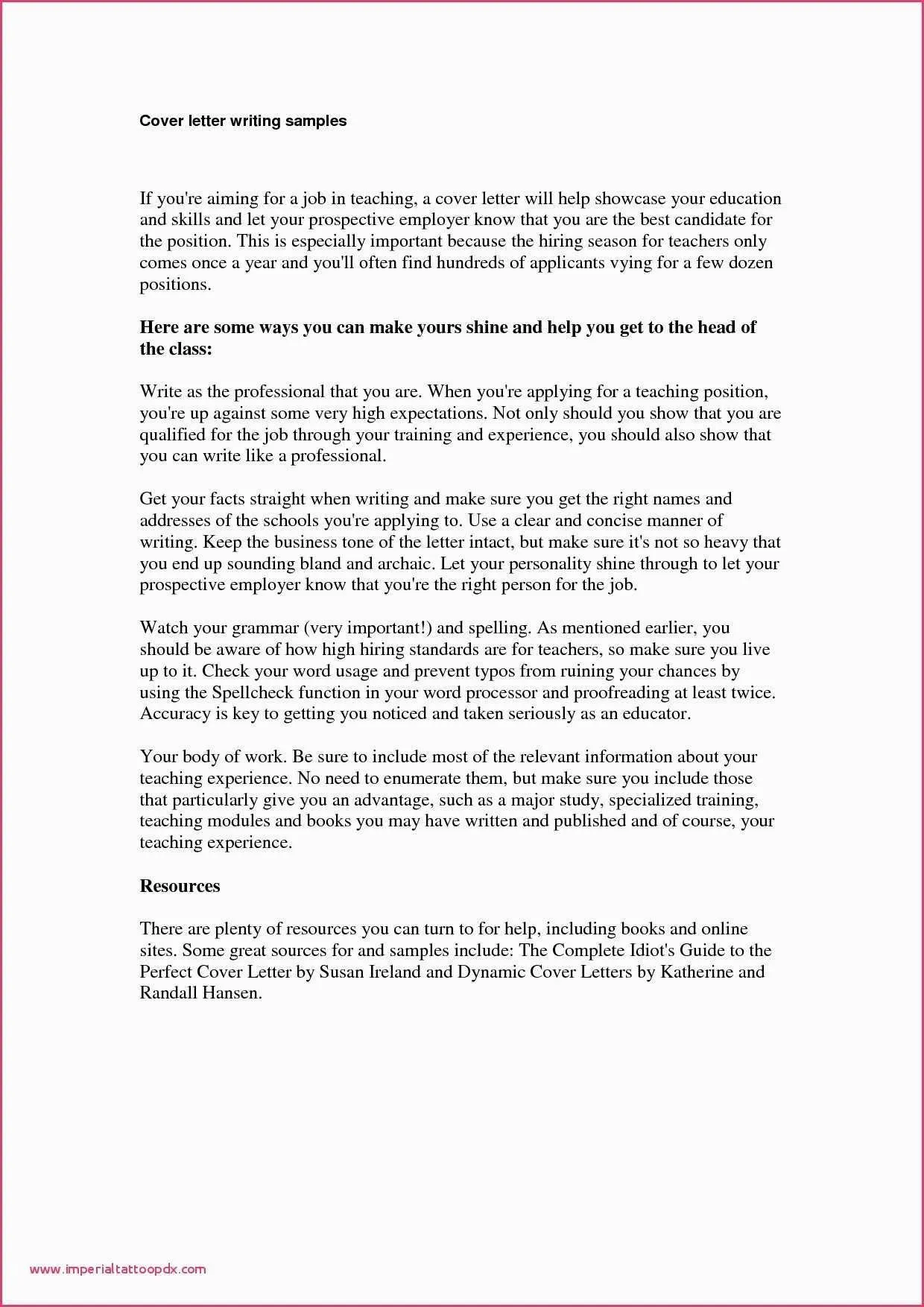Crafting a Cover Letter for Unadvertised Jobs
Landing your dream job isn’t always about responding to advertised openings. A significant portion of job opportunities, often the most desirable ones, exist within the ‘hidden job market’ – roles that aren’t publicly listed. To tap into this, a compelling cover letter specifically tailored for unadvertised positions is crucial. This guide reveals the secrets to writing such a cover letter, increasing your chances of getting noticed and securing your ideal role. The power of a well-crafted cover letter in this context cannot be overstated. It’s your first impression, your advocate, and your opportunity to make a memorable impact, even before your resume is reviewed.
Understanding the Importance of Cover Letters for Hidden Opportunities
Unadvertised jobs demand a proactive approach. Unlike advertised roles where the company actively seeks candidates, here, you’re initiating the conversation. A cover letter serves as your introduction, demonstrating initiative and interest. It allows you to highlight your value proposition and explain how your skills align with the company’s potential needs, even if a specific position isn’t openly available. A well-written cover letter can position you as a problem-solver, capable of bringing value to the organization. It’s about showcasing your understanding of the company and how you can contribute to its success.
Why Networking Matters in Unadvertised Job Searches

Networking is your secret weapon in the unadvertised job market. Building relationships with professionals in your target industry or at the companies you’re interested in can open doors. Networking provides insights into company culture, unadvertised openings, and the specific needs of hiring managers. Connecting with people on platforms like LinkedIn, attending industry events, or reaching out to alumni are all effective strategies. A personal referral or a recommendation from a contact can significantly increase the chances of your cover letter being read and considered. It’s essential to nurture these relationships and follow up after initial contact.
Researching Companies and Identifying Potential Opportunities
Before sending a cover letter, thorough research is critical. Investigate the company’s mission, values, recent projects, and current challenges. Identify departments or teams where your skills and experience could be a good fit. Look for areas where the company may benefit from your expertise, even if there isn’t an open position. Visit the company website, read industry publications, and follow their social media presence. Understanding their needs enables you to tailor your cover letter effectively, demonstrating how you can contribute to their success. This level of preparation sets you apart from generic applications.
Highlighting Your Skills and Experiences
Your cover letter is an opportunity to showcase your skills and experiences in a compelling way. The key is to make a direct connection between your abilities and the potential needs of the company. Instead of simply listing your qualifications, explain how you’ve used your skills to achieve results in previous roles. Provide specific examples that demonstrate your value and highlight your accomplishments. Use action verbs to describe your responsibilities and achievements, and quantify your successes whenever possible. Show, don’t just tell, the hiring manager what you can do for the company.
Tailoring Your Cover Letter to the Company
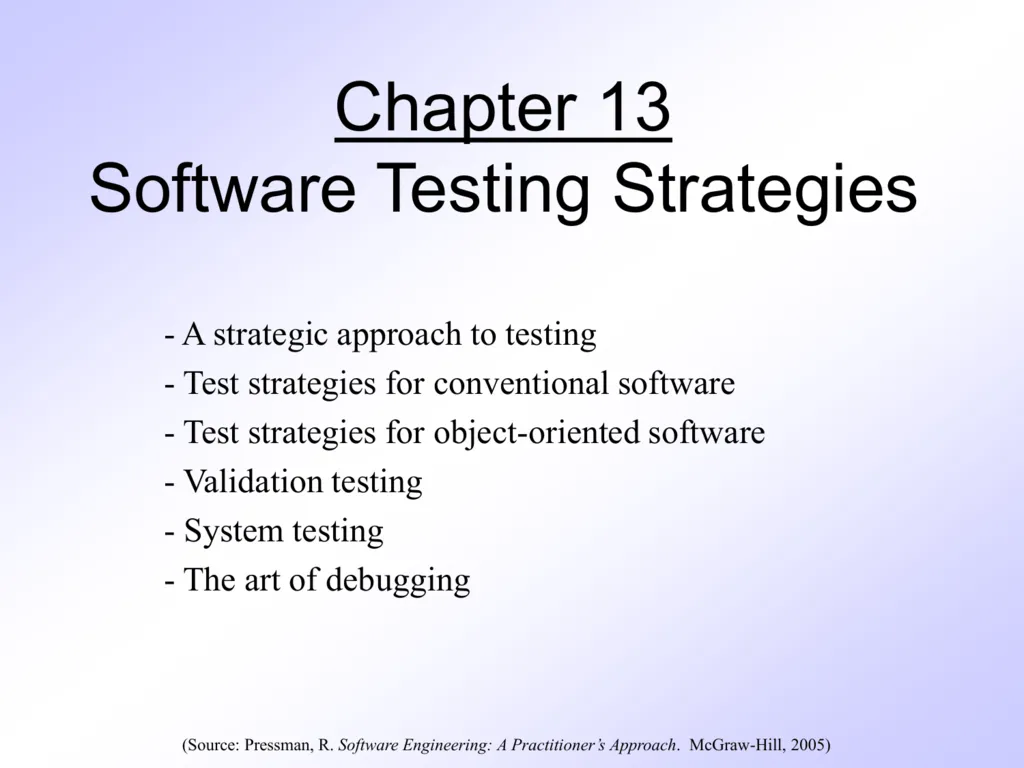
A generic cover letter is easily dismissed. To stand out, tailor each cover letter to the specific company and the potential opportunity. Address the letter to a specific person if possible, such as the hiring manager or a department head. Reference the company’s values, mission, and recent achievements to demonstrate your understanding of their business. Research the company’s current projects and challenges, and explain how your skills and experience can contribute to their goals. This personalized approach shows that you’ve done your homework and are genuinely interested in the company, not just any job.
Showcasing Relevant Skills and Accomplishments
Focus on the skills and accomplishments most relevant to the company and the potential role you envision. Review your resume and identify your most impressive achievements. Select the ones that align with the company’s needs and highlight them in your cover letter. Use the STAR method (Situation, Task, Action, Result) to describe your accomplishments. For example, instead of saying “Managed projects,” you could say, “Successfully managed five cross-functional projects, delivering them on time and within budget, resulting in a 15% increase in efficiency.” This approach provides concrete evidence of your abilities.
Quantifying Your Achievements
Whenever possible, quantify your achievements to demonstrate the impact you’ve made in previous roles. Use numbers, percentages, and specific data to illustrate your accomplishments. For example, instead of saying “Improved sales,” say “Increased sales by 20% in the first quarter.” Quantifiable achievements provide concrete evidence of your skills and make your cover letter more compelling. They allow the hiring manager to easily understand the value you can bring to the company. This level of detail makes your cover letter more persuasive and memorable.
Structuring Your Cover Letter for Impact
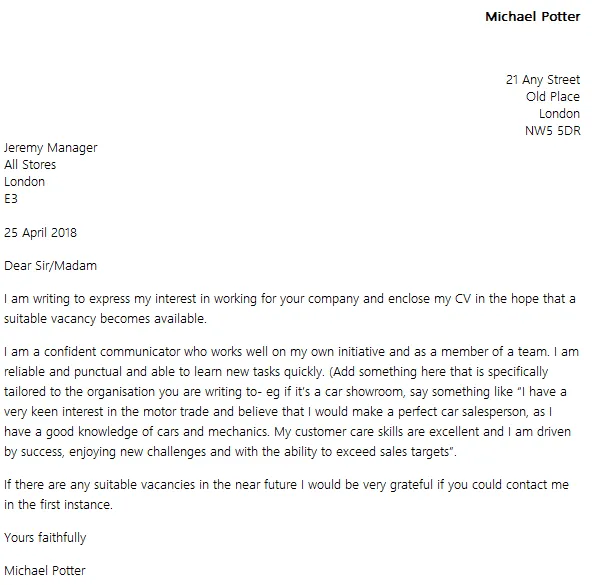
A well-structured cover letter is easy to read and makes a strong impression. Use a clear and concise format, with a logical flow of information. Start with a compelling introduction, followed by body paragraphs that highlight your skills and experience, and conclude with a strong call to action. Keep your paragraphs short and to the point, and use bullet points or lists to break up long blocks of text. Ensure your cover letter is visually appealing, with appropriate spacing and a professional font. Proper structure helps your cover letter to be clear, concise, and professional.
The Introduction
Your introduction is your first and often only chance to capture the reader’s attention. Start with a strong opening statement that immediately conveys your interest in the company and the potential opportunity. If you have a connection to the company or a specific person, mention it. Briefly state your purpose for writing and highlight your most relevant skill or accomplishment. Keep the introduction concise and focused on making a positive first impression. The goal is to intrigue the reader and encourage them to continue reading.
Capturing Attention and Stating Your Interest
Start with a hook that grabs the reader’s attention. This could be a compelling statistic, a statement about the company, or a personal anecdote. Clearly state your interest in the company and your desire to explore potential opportunities. Be specific about the types of roles you’re interested in and the value you can bring. Avoid generic phrases and instead use language that demonstrates your enthusiasm and genuine interest. Mentioning the name of the person if you know it can also enhance the connection.
The Body Paragraphs
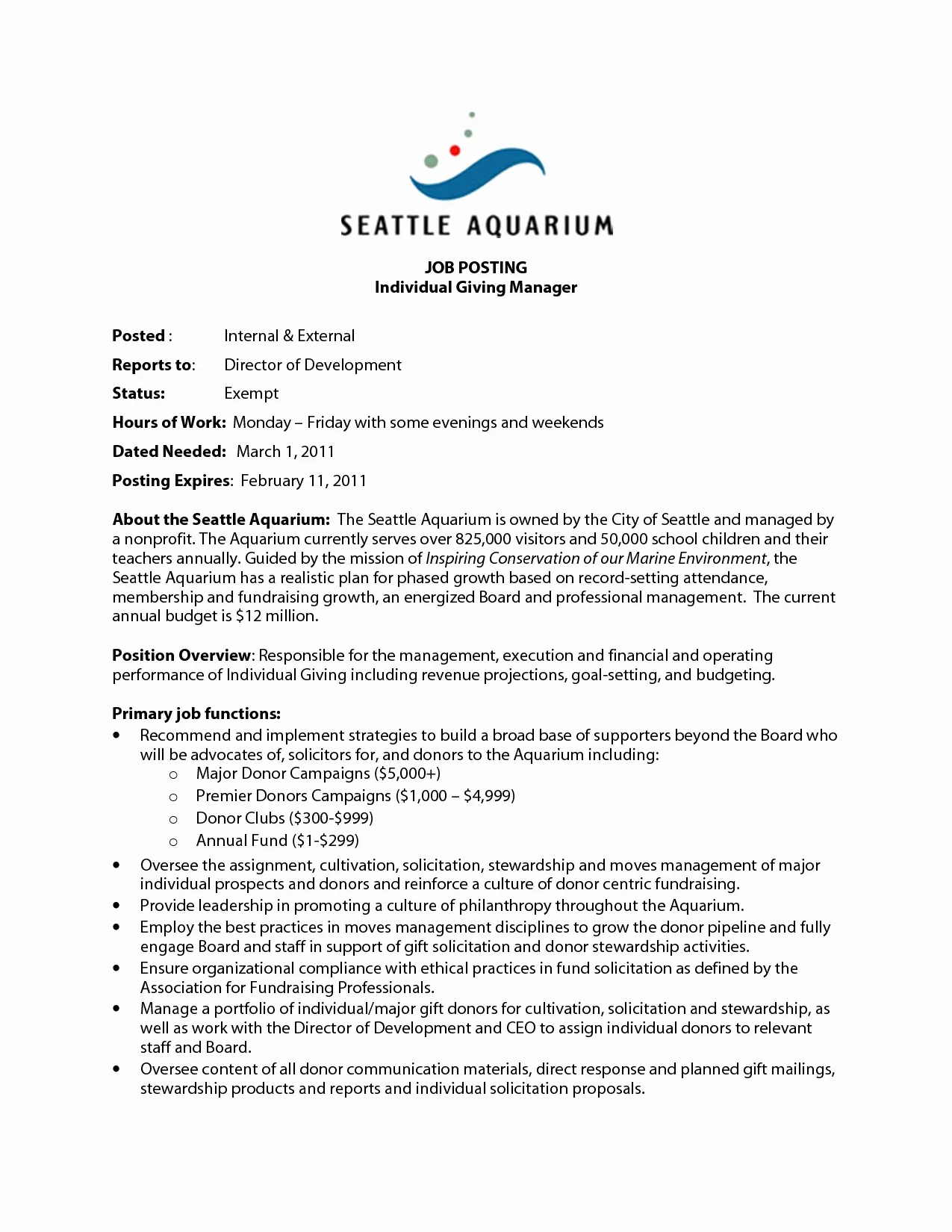
The body paragraphs should showcase your skills and experience in detail. Explain how your qualifications align with the company’s needs and the potential opportunities you envision. Use specific examples and quantifiable results to demonstrate your achievements. Highlight your most relevant skills and explain how you’ve used them to achieve success in previous roles. Tailor each paragraph to the specific company and the potential role, making sure to address any concerns or needs they might have. Each paragraph should have a clear topic sentence and support it with evidence.
Demonstrating Value and Addressing Needs
Focus on how you can add value to the company. Identify their needs, challenges, and goals, and then explain how your skills and experience can help them achieve success. Provide specific examples of how you’ve solved similar problems or achieved similar results in the past. Tailor your content to the company by researching their business and showing that you understand their mission, values, and current projects. Demonstrating that you have the capacity to address their specific requirements is crucial. Show them how your experience directly benefits them.
The Conclusion
The conclusion should summarize your key qualifications and reiterate your interest in the company. Express your gratitude for the reader’s time and consideration. Include a clear call to action, such as asking for an interview or a meeting to discuss potential opportunities. Keep the conclusion brief and professional, leaving a positive and lasting impression. It’s your last chance to reinforce your desire to work for the company and make a lasting impact on the recruiter.
Expressing Gratitude and Call to Action
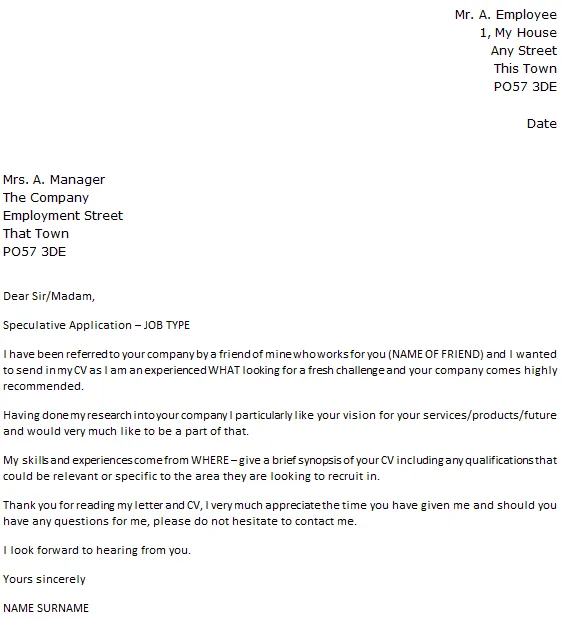
Thank the reader for their time and consideration. Reiterate your interest in the company and reiterate your desire to learn about possible jobs. End with a clear call to action, such as stating that you’re available for an interview and providing your contact information. Make it easy for the reader to reach you by including your phone number and email address. Make sure to express gratitude in a professional and sincere manner. Your proactive approach will make the difference.
Formatting and Polishing Your Cover Letter
Your cover letter’s appearance is as important as its content. Proper formatting and polishing can significantly improve readability and make a positive impression. Choose a professional font, such as Times New Roman, Arial, or Calibri, and use a standard font size (11 or 12 points). Use clear and concise language, with short paragraphs and bullet points to break up long blocks of text. Proofread your cover letter carefully for any grammatical errors, spelling mistakes, or typos. A polished cover letter demonstrates professionalism and attention to detail.
Choosing the Right Font and Layout
Select a professional and easy-to-read font such as Arial, Times New Roman, or Calibri. Use a font size between 11 and 12 points. Use standard margins (1 inch on all sides) and double-space between paragraphs to improve readability. Include your contact information at the top, followed by the date and the recipient’s information. Organize your content logically with clear headings and subheadings. A well-formatted cover letter shows that you take pride in your work.
Proofreading and Editing for Clarity
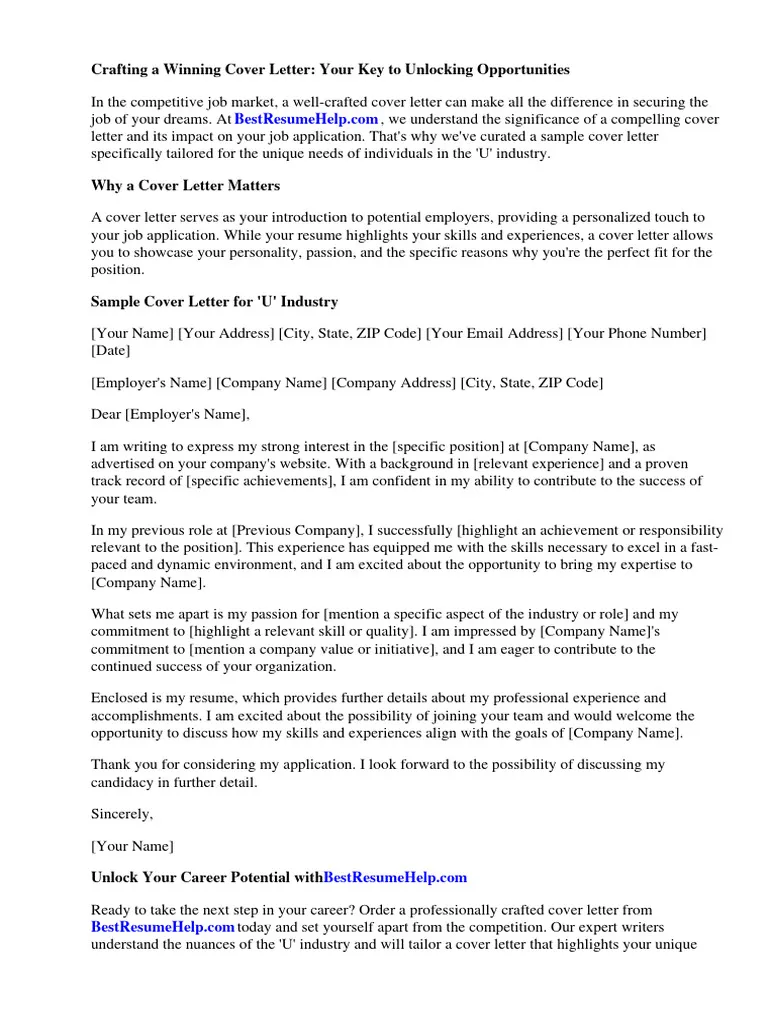
Carefully proofread your cover letter to catch any grammatical errors, spelling mistakes, or typos. Use a grammar checker and ask a friend or family member to review your letter for clarity. Ensure your language is clear, concise, and professional. Remove any unnecessary jargon or complex sentences that might confuse the reader. Double-check all names, titles, and contact information. A clean and error-free cover letter demonstrates your attention to detail and professionalism.
Submitting Your Cover Letter Effectively
The way you submit your cover letter can impact how it’s received. Always save your cover letter as a PDF file to preserve formatting and ensure it can be opened on any device. If possible, address the cover letter to a specific person. Follow the instructions provided by the company for submitting your application, whether it’s via email, an online application portal, or through a recruiter. Always include a professional subject line in your email, such as “Cover Letter – [Your Name] – [Potential Role].”
Following Up and Staying Proactive
After submitting your cover letter, follow up with the company or the contact person. Send a brief email a week or two later to reiterate your interest and inquire about the status of your application. Thank them for their time and consideration, and express your eagerness to learn more. Be polite and persistent without being pushy. Continue to network and search for unadvertised job openings, even if you don’t receive an immediate response. Staying proactive and following up can significantly increase your chances of success in the unadvertised job market.
